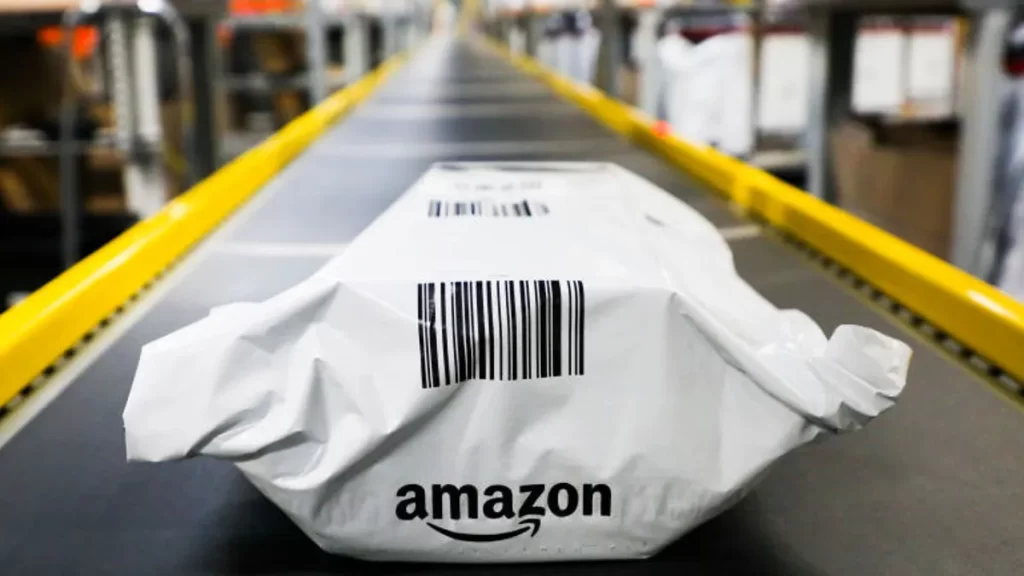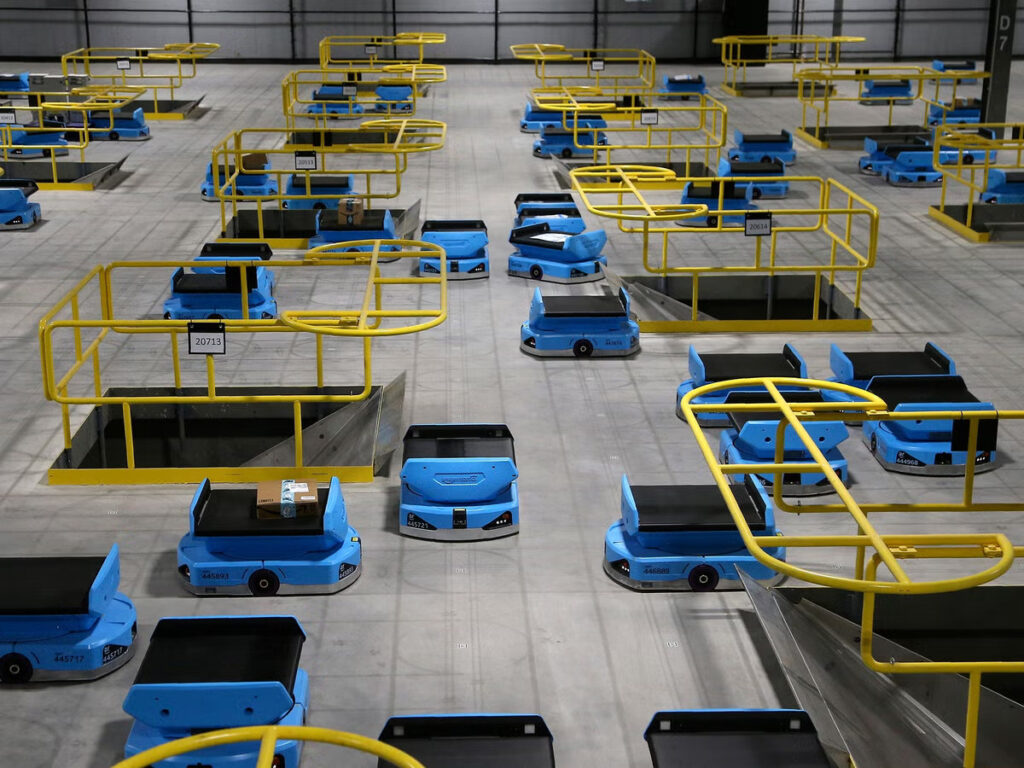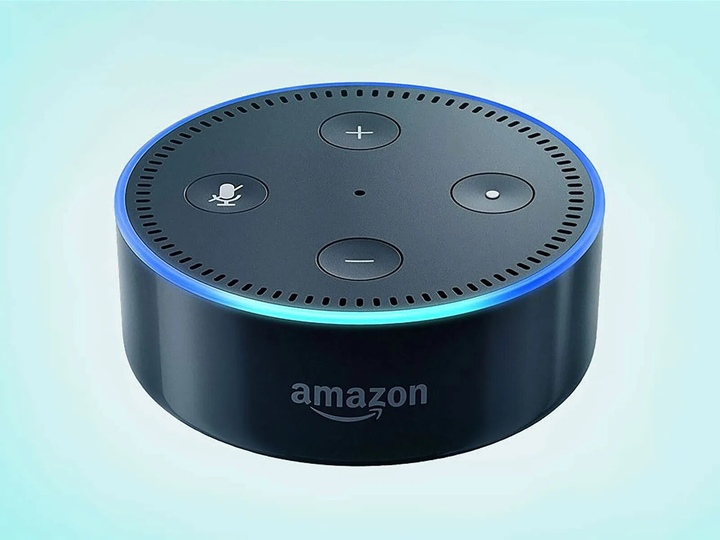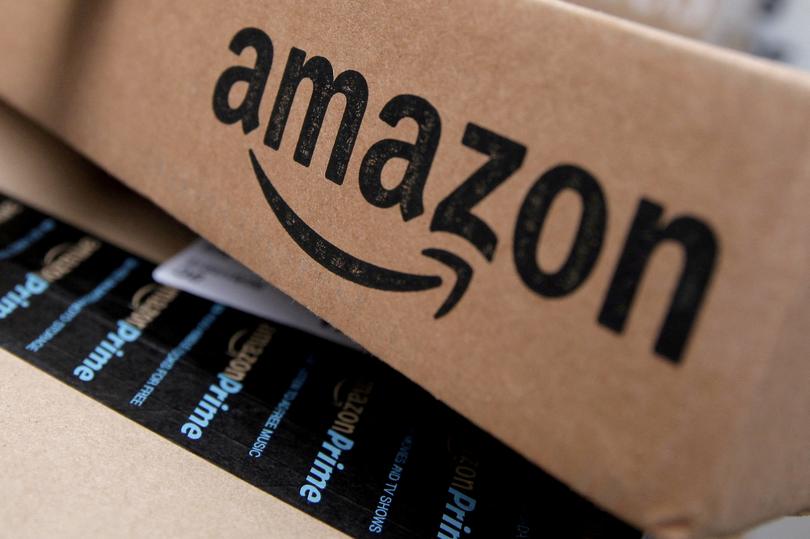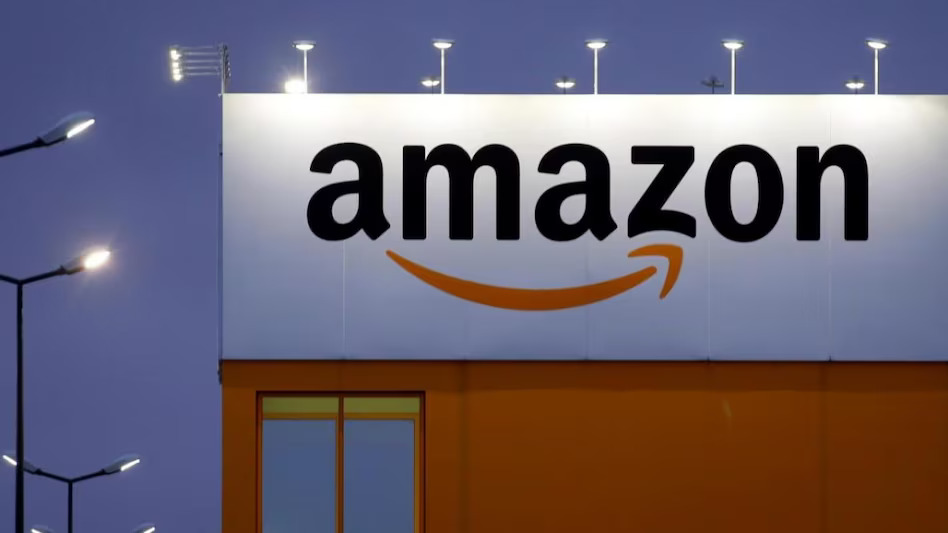Amazon Offers Influencers $25 Per Video to Promote Inspire, New Shopping Feed
In a bid to expand its reach and boost its newly launched shopping feed called Inspire, Amazon has extended an offer to influencers in a move that has sparked both interest and skepticism. The tech giant is proposing to compensate content creators with a meager $25 per video to promote its TikTok-inspired shopping feed, but this low rate has left many influencers hesitant to jump on board.
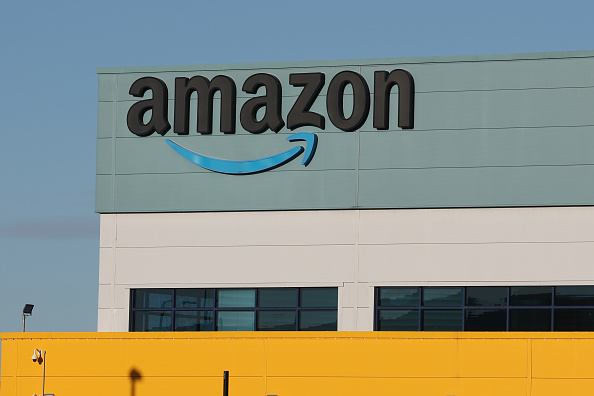
According to screenshots of emails circulating on social media, Amazon has contacted select influencers to produce videos showcasing two or more of its products. The offer includes $12,500 for creating a maximum of 500 videos. The desired content ranges from product reviews and comparisons to ranking videos and gift inspiration featuring multiple products. With an aim to gather a whopping 35,000 videos for its Inspire feed, Amazon is setting aside $875,000 for this influencer-driven campaign.
Inspire was introduced by Amazon in December 2022, allowing users to engage with a social feed of shoppable content. Oliver Messenger, the director of Amazon Shopping, explained that the feature permits customers to effortlessly discover new products aligned with their interests and promptly make purchases on the Amazon platform. The overarching objective behind Inspire is to augment Amazon’s assortment of “shoppable features” and construct an immersive shopping experience for customers.
Nonetheless, the $25 compensation per video has raised eyebrows among influencers and content creators. The prevailing rate for User Generated Content (UGC) videos stands at $212 on average, with a commonly requested rate of $150 per video, as reported by UGC agency Brands Meet Creators. Insights from UGC creators indicate a wide range of charges, spanning from $150 to $2,500 per video.
Amidst the reveal of Amazon’s offer, some influencers have publicly ridiculed the proposal on social media platforms. One user posted a screenshot of the email on a well-known microblogging site, alongside a dismissive comment implying that Amazon’s offer is far from satisfactory. Others shared similar sentiments, with one commentator scoffing at the proposition of earning “up to $25 per video.”
Also Read: WhatsApp now allows users to share HD images; check how to use this new feature
While Amazon’s aspiration to leverage influencers to further enhance its Inspire shopping feed is clear, the industry consensus suggests that the offered compensation of $25 per video may not be sufficient to entice content creators to participate wholeheartedly. As discussions continue, the outcome remains uncertain, but one thing is evident: the world of influencer marketing is evolving rapidly, with compensation being a pivotal factor in shaping the dynamics between brands and influencers.

I am a law graduate from NLU Lucknow. I have a flair for creative writing and hence in my free time work as a freelance content writer.
